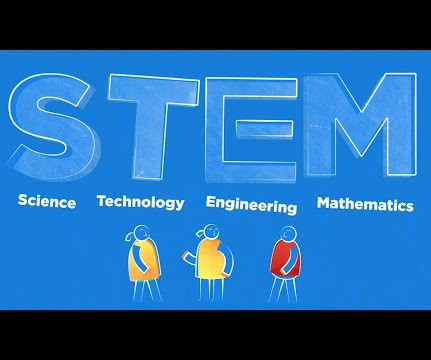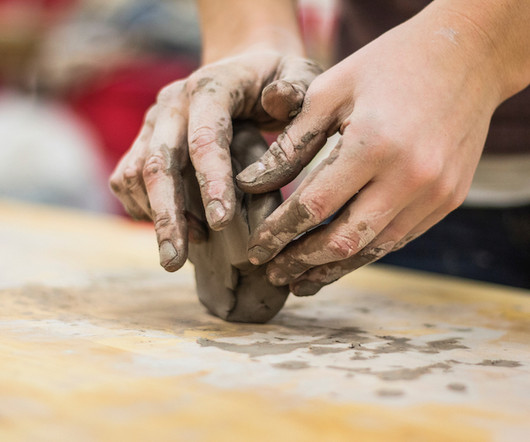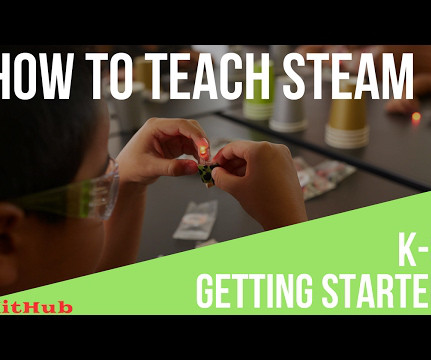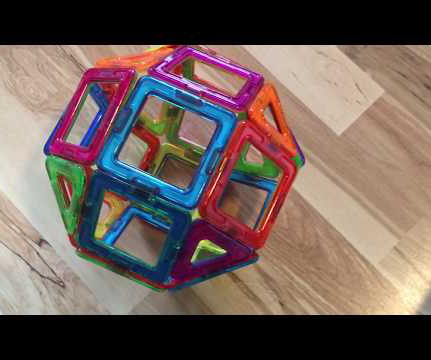Decoding STEM: What Does the E in STEM Stand For?
STEM Education Shopping
AUGUST 26, 2023
STEM, which stands for Science, Technology, Engineering , and Mathematics, emerged as a response to the growing need for a skilled workforce in these fields. This led to an increased focus on science and mathematics education in schools. Engineering also fosters creativity and innovation. (












Let's personalize your content